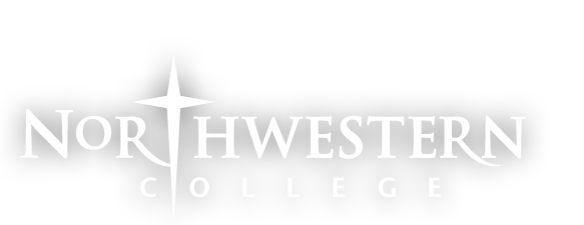Abstract
In the middle school science classroom, students begin to decide whether or not they like science. This decision has long term impacts on their interests, future studies, and ultimately career goals. Further, the impact of this decision can be felt by the STEM field when fewer and fewer students are interested in pursuing jobs within the field. To explore the attitudes and confidence of these students towards science and math, the CURE survey and Math Anxiety Scale were adapted to gather data from a group of middle school students after attending a Middle School Science Day event. Through the research, we wanted to get a look at why some students lose interest in science around the time they are in middle school. At the event, students worked in groups to complete an engineering challenge and had the opportunity to see various science demonstrations. After the day’s activities, students were asked to complete the surveys. Surprisingly, our surveys displayed a lack of connection between math anxiety and science interest at the middle school level. This research will be useful to teachers at the middle school level as well as above and below, as they work to engage students in science class and make the content interesting and relevant, in addition to encouraging their students to be curious about science. Further, the research has laid groundwork for using an adapted form of the CURE survey at the middle school level.
Science Interest and Confidence in Middle School Aged Students
In the middle school science classroom, students begin to decide whether or not they like science. This decision has long term impacts on their interests, future studies, and ultimately career goals. Further, the impact of this decision can be felt by the STEM field when fewer and fewer students are interested in pursuing jobs within the field. To explore the attitudes and confidence of these students towards science and math, the CURE survey and Math Anxiety Scale were adapted to gather data from a group of middle school students after attending a Middle School Science Day event. Through the research, we wanted to get a look at why some students lose interest in science around the time they are in middle school. At the event, students worked in groups to complete an engineering challenge and had the opportunity to see various science demonstrations. After the day’s activities, students were asked to complete the surveys. Surprisingly, our surveys displayed a lack of connection between math anxiety and science interest at the middle school level. This research will be useful to teachers at the middle school level as well as above and below, as they work to engage students in science class and make the content interesting and relevant, in addition to encouraging their students to be curious about science. Further, the research has laid groundwork for using an adapted form of the CURE survey at the middle school level.

